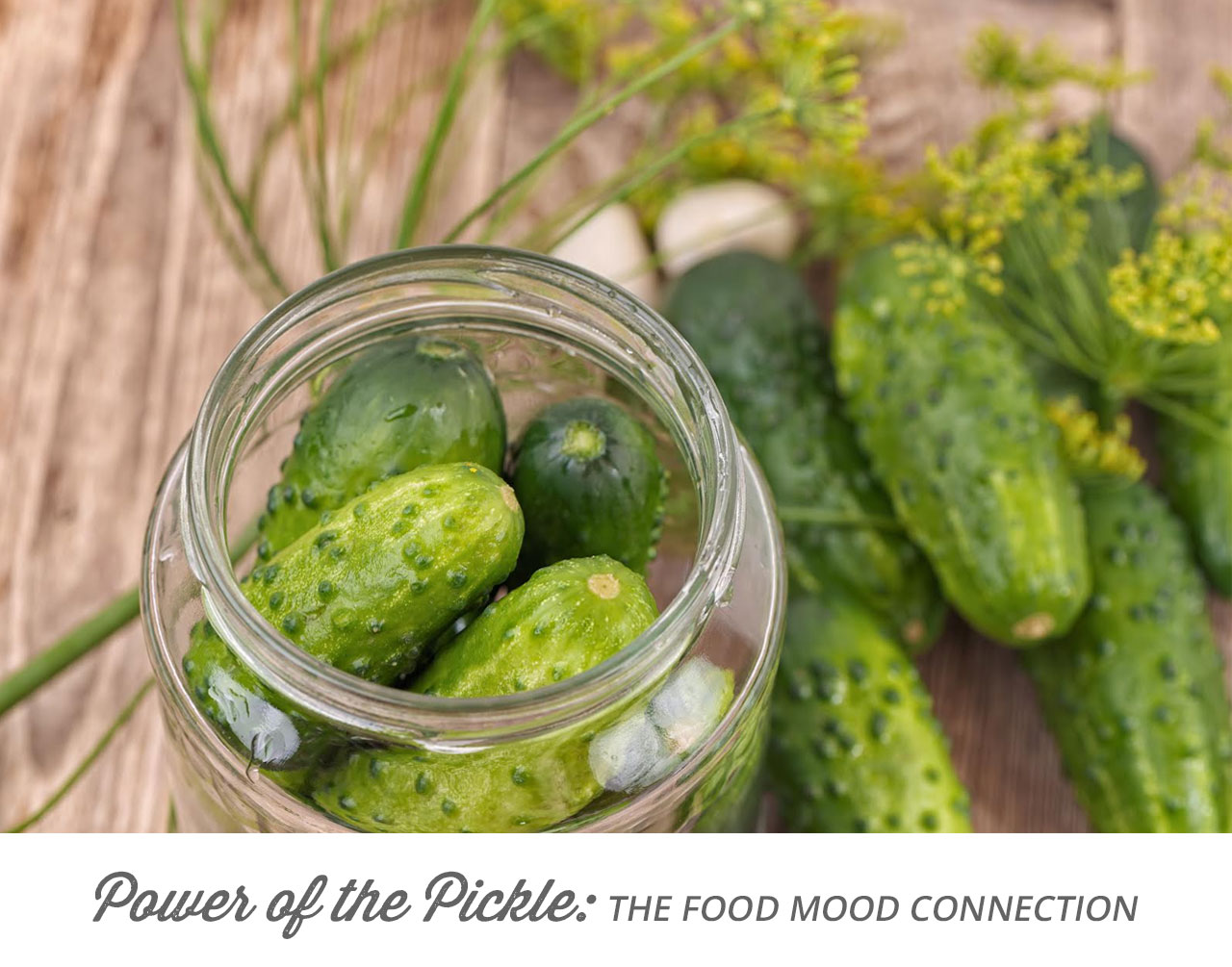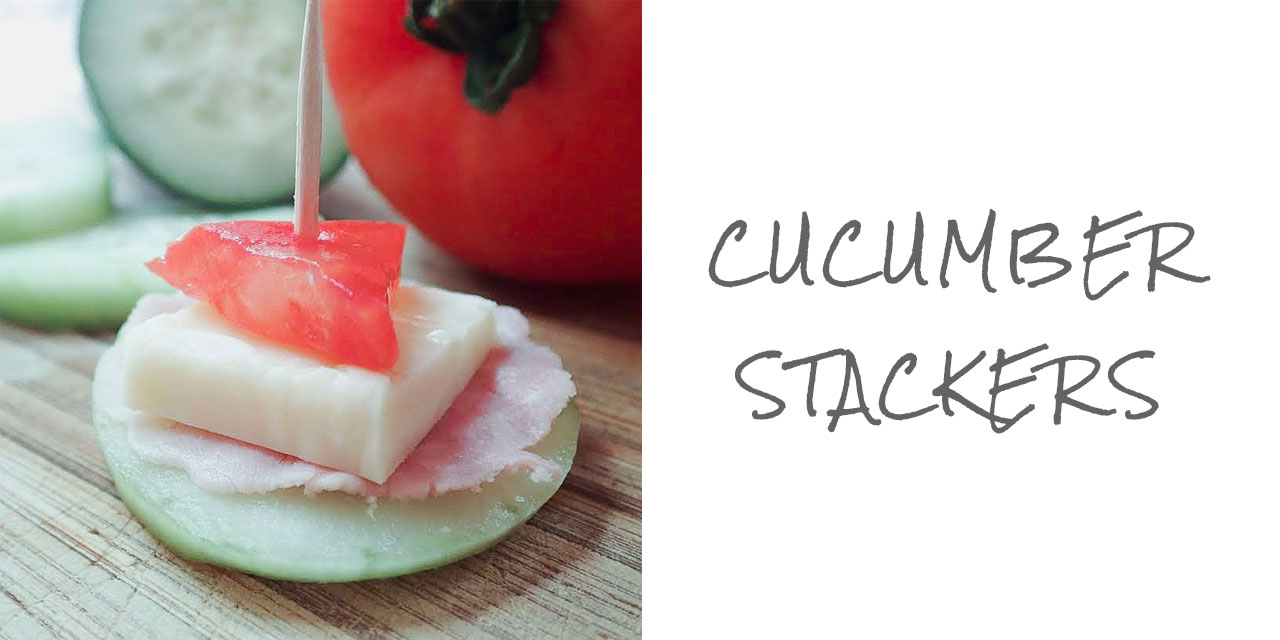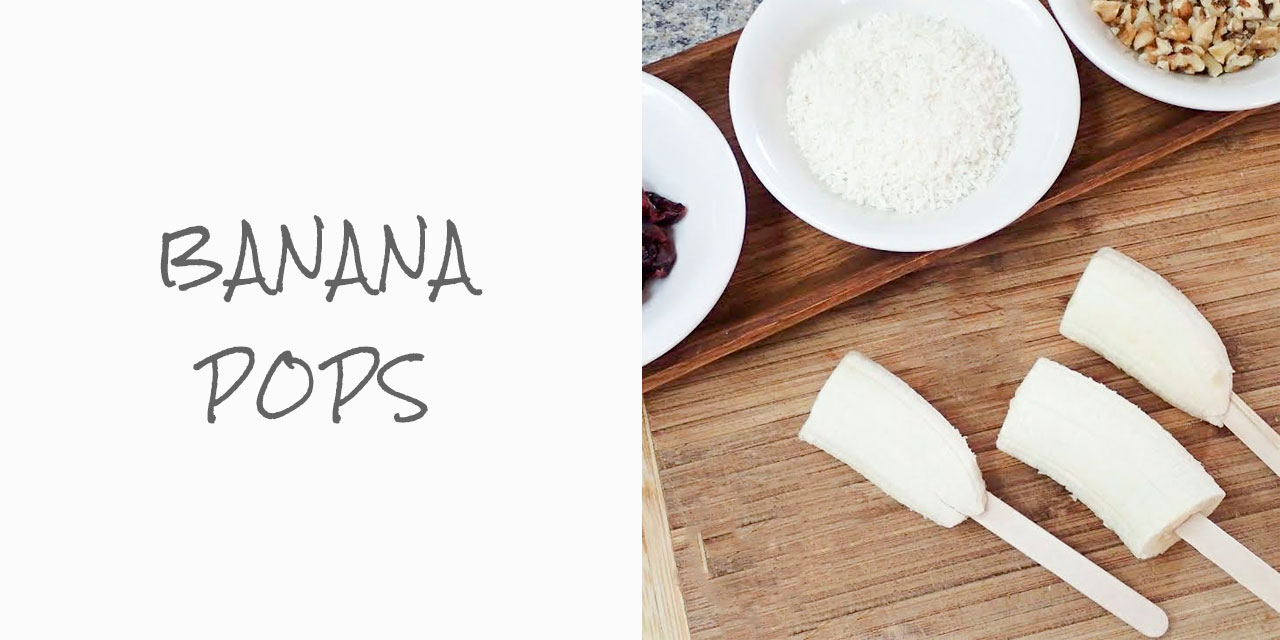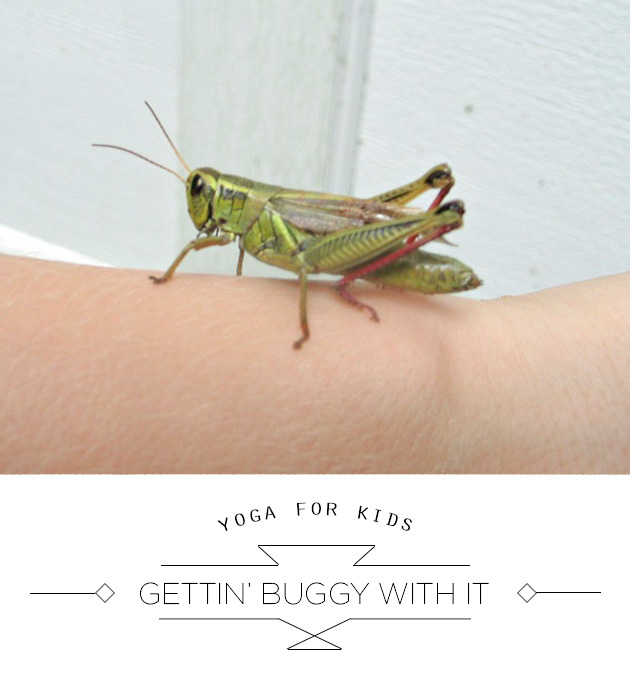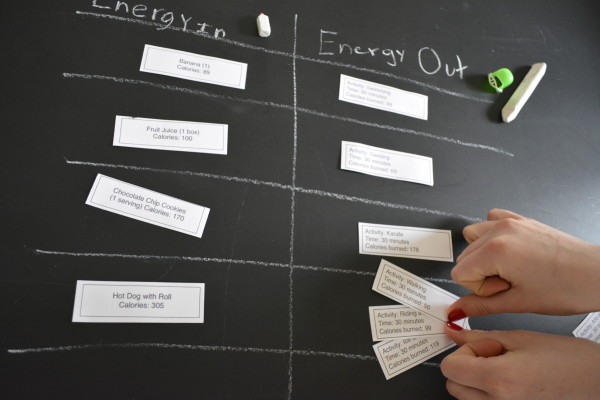3 Wildcrafted Herbs for Summer Days
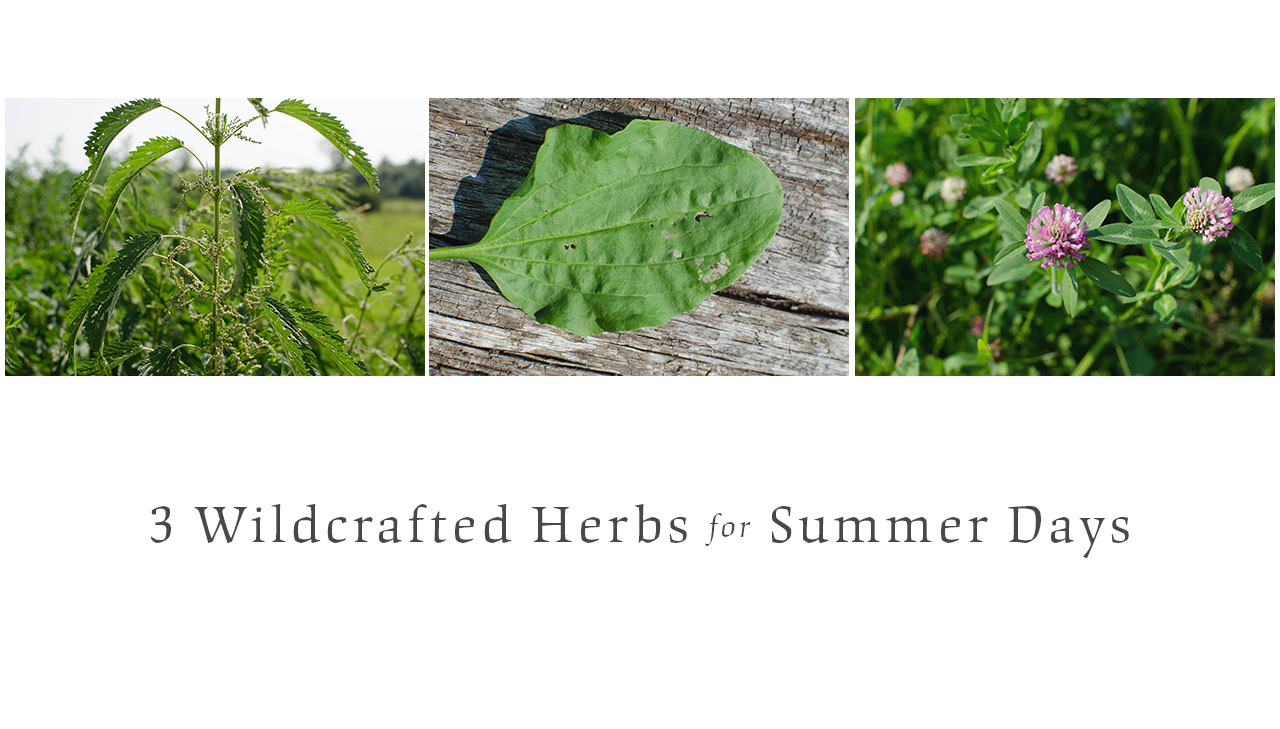 In our part of the world summer is in full swing. Despite my best intentions for a stress free summer I find we have a packed schedule of farm work, a garden that demands attention, fun trips out with friends, summer activities and the regular list of chores to do. Summer days are wonderfully long but can be tiring too.
In our part of the world summer is in full swing. Despite my best intentions for a stress free summer I find we have a packed schedule of farm work, a garden that demands attention, fun trips out with friends, summer activities and the regular list of chores to do. Summer days are wonderfully long but can be tiring too.
When I feel a bit below par, or when I notice my kids are looking a little ragged round the edges, I turn to our herbal allies to help boost us up and set us on the right path again. As well as my own herb garden, I regularly turn to nature’s herbs too; they are a wonderful source of nutrients and don’t put a strain on the family purse.
If you are wondering what I mean by natures herbs, in short it’s weeds. There are many wonderful wild plants that can be harvested and used safely in our own homes, boosting our health and costing nothing but time. A nature walk can turn into an opportunity to stock your tea cupboard or medicine cabinet with wonderful tastes and uplifting nutrients.
At this time of year there is an abundance of wild plants available, many are at the peak of their power so it’s a great time to collect and store a little extra for later months. There is nothing more wonderful than opening a jar of dried herbs in the middle of winter, and drinking in the sweet scent of the summer breeze when summer itself is long gone.
Here are 3 of my favorite herbal allies, easily found in hedgerows and even gardens right now.
Nettle
Also known as Stinging Nettle, this amazing plant is packed full of nutrients. It’s green leaves are full of iron and even vitamin C, the perfect pick me up on a hot summer day. Even the seeds can be dried and used, sprinkle them on cereal in the same way you would with flax seed.
To collect you’ll need to be wily. They’re not called Stinging Nettle for nothing and the stings can be quite sore. Wear thick gloves (rubber gloves are great) when you snip these plants and then put them in an airy place to dry, out of direct sunlight. Use as a refreshing tea with a dab of local honey to help fight allergies and restore the nervous system.
Plantain
It makes sense to follow Stinging Nettle with Plantain, as this is the perfect remedy should you find yourself stung! Plantain leaves can be crushed and the juice rubbed right on the sting to pain relief. You can also make a simple tincture by filling a jar with the chopped leaves and then add brandy or vodka until the jar is full. Leave for 6 weeks or longer and then strain. The resulting tincture will work wonders on any bites or stings you many collect on your summer adventures.
Red Clover
This familiar and attractive ‘weed’ can be found in many a lawn or border. Instead of getting rid of it we should be collecting it! This is a really fun one to collect with the children, get them to gently snip off the purple flower heads and then dry them in a single layer in a dry place, out of direct sunlight. Both fresh and dry flowers make a wonderful, uplifting tea that is particularly soothing for women. If you have swollen feet, pop clover tea in a footbath and relish it’s calming power. It nourishes and much as it calms and couldn’t look prettier in a jar in the pantry.
Once you introduce wild plants to your children, you’ll be amazed at how each outing turns into a learning experience. You are also teaching your children that nature is their ally and helping them become their own healers too. So before you mow your lawn this summer just double check, you may want to collect your medicine first!






